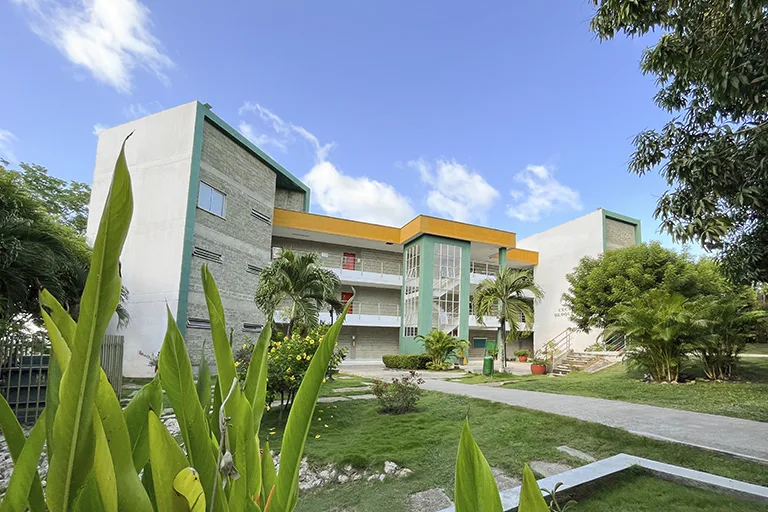Publicación: Estilos de aprendizaje como estrategia para facilitar el ejercicio docente en el grado 4° del Centro Educativo Santa Inés del municipio de San Marcos Sucre
Portada
Citas bibliográficas
Código QR
Director
Autor corporativo
Recolector de datos
Otros/Desconocido
Director audiovisual
Editor
Tipo de Material
Fecha
Citación
Título de serie/ reporte/ volumen/ colección
Es Parte de
Resumen
La educación supone un conjunto retos dentro de los cuales los procesos de enseñanza aprendizaje son determinantes en el marco de la gestión del docente, y partiendo de ello se propone como objetivo principal proponer prácticas pedagógicas en concordancia con los estilos de aprendizaje para potenciar el ejercicio docente y el rendimiento de los estudiantes de cuarto grado del Centro Educativo Santa Inés del municipio de San Marcos Sucre, se trabajo bajo un diseño metodológico de carácter cuantitativo de tipo no experimental con implicaciones descriptivas y de temporalidad transversal, haciendo uso del cuestionario CHAEA y el test VAK. Los resultados que se obtienen reflejan que el 35% de la muestra se inclina por un estilo de aprendizaje reflexivo, un 25% por el pragmático, un 25% teórico y un 15% activo, sin embargo otro test expone que un 45% de los estudiantes es mayormente visual, un 25% es auditivo y un 30% es kinestésico. Las conclusiones del estudio muestran que la mayor tendencia es reflexiva visual y se debe al enfoque cognicivista que se implementa, pese a que este no guarda relación directa con lo que contempla el Proyecto Educativo Institucional, demostrándose que el rendimiento no depende de un proceso de gestión administrativa sino pedagógica desde el quehacer docente siendo esto lo que otorga competencias y habilidades a los estudiantes.
Resumen
Education is a set of challenges within which the processes of teaching and learning are determinant in the framework of teacher management, and based on this, the main objective is to propose pedagogical practices in accordance with learning styles to enhance the teaching practice and performance of fourth grade students at the Santa Inés Educational Center in the municipality of San Marcos Sucre. We worked under a quantitative methodological design of a nonexperimental type with descriptive implications and transversal temporality, using the CHAEA questionnaire and the VAK test. The results that are obtained reflect that 35% of the sample is inclined by a reflexive style of learning, 25% by the pragmatic one, 25% theoretical and 15% active, nevertheless another test exposes that 45% of the students is mainly visual, 25% is auditory and 30% is kinesthetic. The conclusions of the study show that the biggest tendency is visual reflective and it is due to the cognitive approach that is implemented, although this one does not have a direct relation with what the Institutional Educational Project contemplates, being demonstrated that the performance does not depend on an administrative management process but on a pedagogical one from the teaching task, being this what grants competences and abilities to the students.




 PDF
PDF  FLIP
FLIP 

